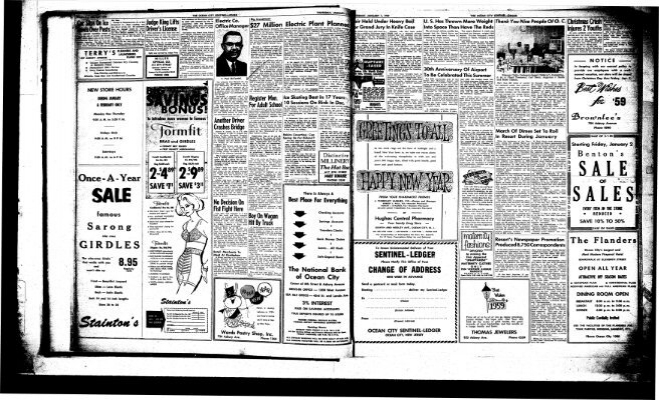Usalduse õõnestamine Venemaa desinformatsiooni-ökosfääri jälgijad on märkinud, et sedamööda, kuidas pandeemia Venemaal aina maad võttis, sedamööda ka vähenes Kremliga seotud COVID lugude arv, lastes esile kerkida muudel teemadel.

Colvin, J. MIKE was a thermonuclear surface burst yielding During the period of approximately 10 ms after detonation, five discrete luminous channels were seen to start from the ground or sea surface at a distance of approximately 1 km from the burst point and to grow up into the clouds.
We have reexamined the original photographic records of IVY-MIKE, obtaining effective brightnesses optical powers per unit length for the luminous channels at different Mis on ola uhise ravi bias as functions of time. The absolute calibration for the MIKE records was deduced by comparison with the photographic records of other events of that era, laboratory measurements of film sensitivity, and use of atmospheric transmission data taken just prior to the MIKE event.

Errors in this analysis lead to an uncertainty of a factor of ˜2 in the brightnesses of the luminous channels. In the laboratory we have used laser-guided electric discharges to create long cmarclike plasma channels to simulate the observed luminous channels and to allow determination of an empirical relation between the brightness of the channel and the electric current flowing in the channel.

These laboratory discharges had peak currents up to kA and periods of ˜2 ms. Spectroscopic analysis showed that the luminous channels consisted primarily of normal air plasma with typical ground-level contaminants.

By direct comparison of the luminous channels seen at MIKE and the laboratory discharges, we deduce: 1 the peak current in the prominent brightest channel at MIKE was between and kA. Here the most likely value of the peak current was ±50 kA, but.